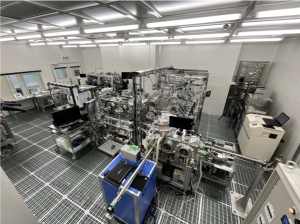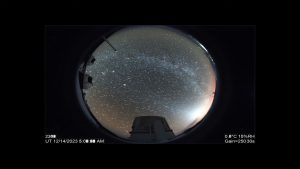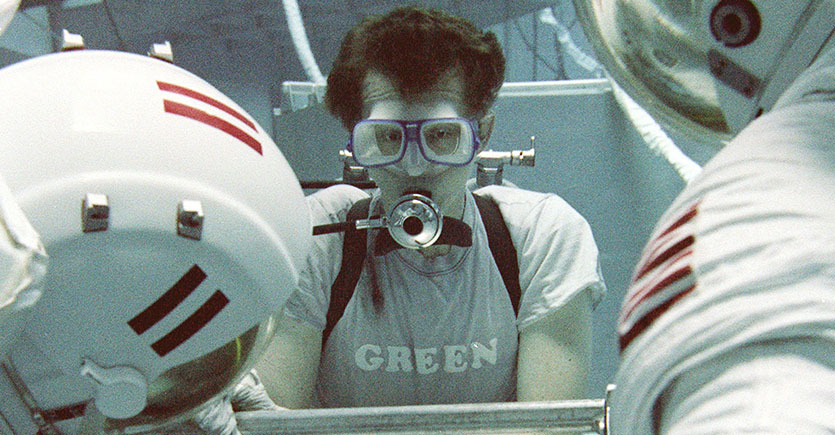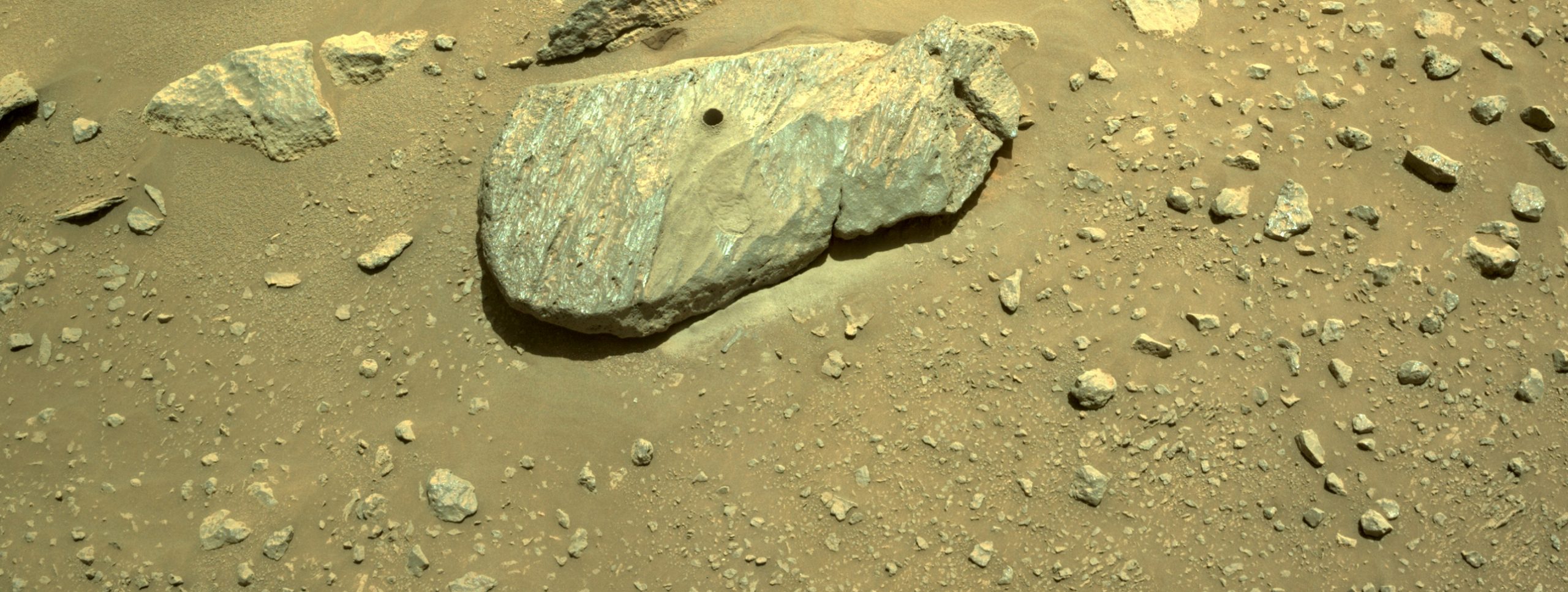
Global space news: The NASA Perseverance rover cores & stores its first Mars samples
This month, the NASA Perseverance rover successfully drilled into the surface of Mars, and retrieved and stored the cores of rock. These first Martian rock samples and the others that Perseverance will continued to collect, will eventually be returned to Earth as part of the Mars Sample Return (MSR) joint campaign by NASA and ESA. The collection marks the start of a new era in Mars exploration which will see samples from the Martian sphere analysed in laboratories on Earth.
The process of drilling, collection and storage was watched with great interest by the team behind our upcoming Martian Moons eXploration (MMX) mission at ISAS. Scheduled to launch in 2024 JFY, the MMX spacecraft plans to return samples from Mars’s inner moon, Phobos. Unlike the Hayabusa2 mission, which briefly touched the surface of asteroid Ryugu to gather material, the MMX spacecraft will land on Phobos and attempt to core material from a depth of at least 2cm below the surface.
When the first attempt by the Perseverance rover to capture Martian rock at the end of August was unsuccessful, the immensity of the task was brought home, notes engineer Tokaji Ayumu.
Congratulations on Perseverance Rover’s first successful sample collection from Mars! When I heard that the first sample collection did not go well and the tube was empty, I felt the difficulty of Mars exploration. However, NASA was able to quickly determine the cause of the problem and successfully collected the samples on the second attempt. I am always amazed at the fundamental power of NASA.
The Martian Moons eXploration (MMX) will be equipped with a coring-type sample collection mechanism similar to the one used by the Perseverance Rover to collect samples from Mars. On Earth, coring samples is not an uncommon practice, but when the nature of the soil is not well known, it may not work as well as with the first time Perseverance Rover collected samples. In the case of MMX, only two attempts are expected, so the MMX spacecraft system, including the sample collection mechanism, is being developed so that samples can be collected under any conceivable environmental conditions to make the most of those two chances.
Tokaji Ayumu, MMX Project: engineer, international cooperation, outreach and export/import control.
In case MMX meets problems with coring into the Phobos surface, the spacecraft is equipped with a second pneumatic sampling mechanism that has been been developed by NASA. This “P-sampler” will gather material from the moon surface, without the need to drill.
The MMX mission is scheduled to return to Earth with its sample capsule of Phobos material in 2029. This is slightly before the samples collected by Perseverance are due to reach Earth, as these will be returned by a separate mission around 2031. This means that two independent samples will be returned from the Martian sphere within a few years of one another.
For geologist Usui Tomohiro, who manages the Astromaterials Science Research Group at ISAS where the Hayabusa2 sample is currently being curated, the prospect of sample return from Mars seemed an unimaginable goal when he began his career.
Congratulations on the success of 1st Mars rock sampling. That was an enormous step for the Mars sample return, a dream for the planetary science community and humankind. I could not totally imagine that the sample return would become a reality when I started my career as a Martian geologist 15 years ago.
Usui Tomohiro, Professor, Department of Solar System Sciences
In addition to material from the moon itself, the sample retrieved from Phobos by MMX is expected to contain grains thrown up from the Martian surface during meteorite impacts. Unlike the Perseverance samples, which will comprise of a larger quantity of material from a single location on the planet, the grains in the MMX sample will have originated from all over the Martian surface and deposited throughout its history. The samples therefore compliment one another and both are likely to be key in understanding Mars’s past.
Scientists Hyodo Ryuki and Sugahara Haruna are looking forward to the analysis of the samples from both the MSR campaign and that from MMX. Hyodo notes that it is an amazing worldwide scientific endeavour to understand our neighbouring world.
It’s been over 50 years since humans first brought back a rock sample from the Moon. Now, humans are reaching out to Mars. This time, NASA’s Perseverance rover has successfully drilled the first Mars rock sample and packed it into a sample tube (Congratulations!). They will continue to collect more material from the Jezero crater with the goal of eventually bringing it back to Earth in the early 2030s. In addition, the Martian materials expected to be brought back from the Phobos surface in 2029 by JAXA’s MMX are thought to be different from the materials in the Jezero crater. In this way, Mars material sample return is being pursued independently by countries around the world, and these various samples will collaborate in the future to comprehensively unravel the history of Mars and reveal the viability of Martian life.
Hyodo Ryuki, ITYF, Department of Solar System Sciences
With the Perseverance samples being gathered from the Jezero crater where water is thought to have once flowed on the surface Mars, and with the MMX sample from Phobos potentially providing clues as to how Mars evolved over time, Sugahara hopes that light will be shed on Mars’s past potential for life.
Huge congratulations on the great success of NASA’s Perseverance Rover! I am so excited about the big news that Perseverance Rover succeed in collecting a Martian sample. The Mars Sample Return mission (MSR) is a long-term mission, but I am very much looking forward to seeing the return day of the sample capsule that may even contain the dreams of humankind to encounter extraterrestrial life.
JAXA is planning to launch the Martian Moons eXploration (MMX) spacecraft in 2024 and return a sample from the Martian moon, Phobos. This Phobos sample is expected to contain Martian material. Hitherto, Martian research had to depend on instrumental observation and Martian meteorites, but a new era, in which we can obtain our desired Martian material and analyse by our own hand, is approaching. The understanding of the history of the Martian environment and the existence of Martian life will begin to accelerate in the near future.
Sugahara Haruna, Assistant Professor, Department of Solar System Sciences
At the helm of the MMX mission, Project Manager Kawakatsu Yasuhiro looks forward to this new era of sample return from the vicinity of Mars, and the discoveries this will undoubtedly reveal.
Congratulations to NASA on the successful sampling on the surface of Mars! The issue in the first trial seems to have been handled well. We are looking forward to the collection of a number of interesting samples that will follow.
Kawakatsu Yasuhiro, MMX Project Manager
Exploration of the Martian sphere is finally entering the era of sample returns. Let us lead this new era with Perseverance and MMX!
“Global space news” is a chance for us to highlight important developments across the world and share our excitement of these achievements.
Further information:
The role of the Martian Moons eXploration (MMX) mission in the new era of Martian life exploration
MMX mission website
Astromaterials Science Research Group
Hayabusa2 mission website





 Previous Post
Previous Post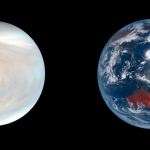 Next Post
Next Post